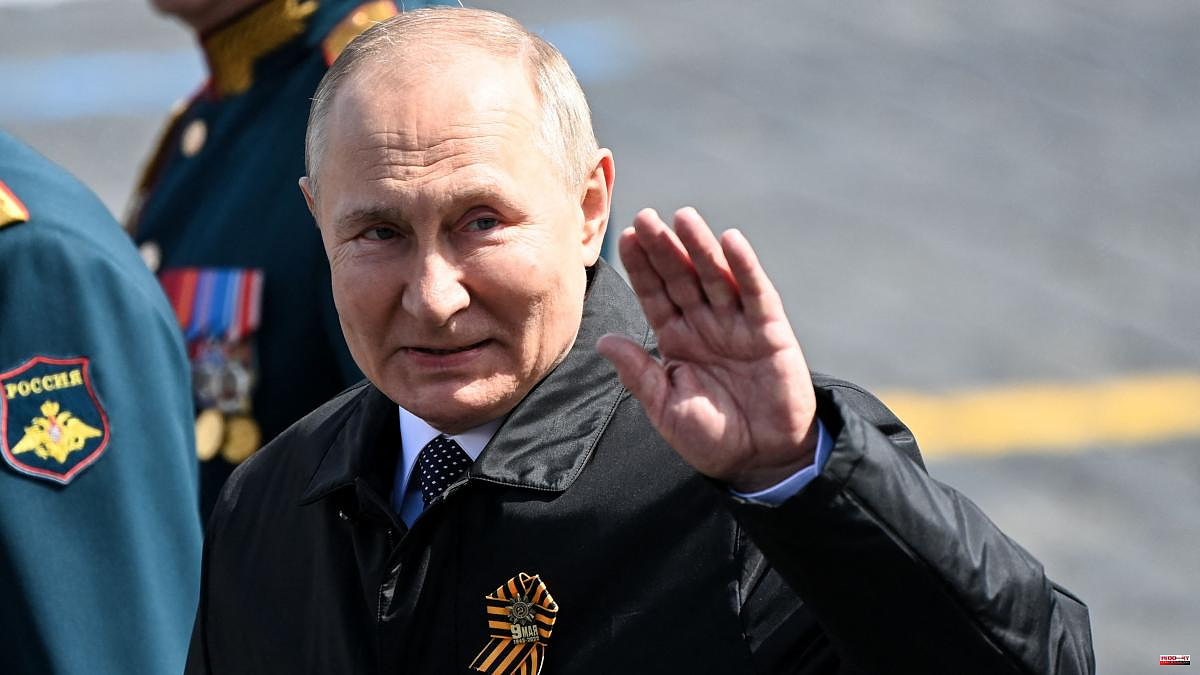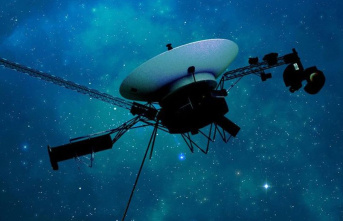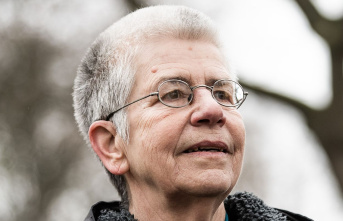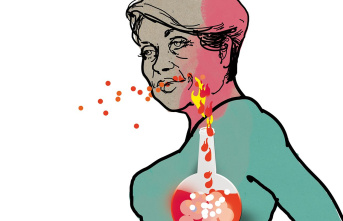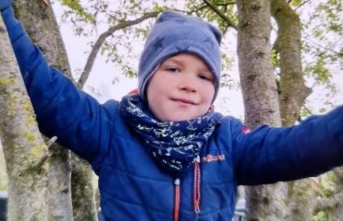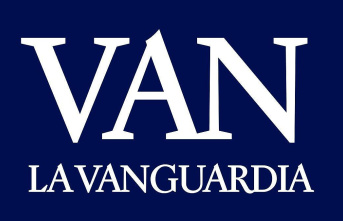For Victory Day, Vladimir Putin made up in the style of Sarkozy - who had a make-up artist on the payroll - but it wasn't enough to disguise the swelling of his face. "Cortisone," some supposed; "Parkinson's", "visits to the oncologist", the most daring. But why does a piece of man like him, who is fishing for trout with his naked torso, a sambo fighter and an expert shooter who has destroyed peace in Europe, sit with a blanket on his legs? In the face of the coffins of those who died on his whim, the post-Marxist tsar, who walks in the style of warlords with clenched fists, shamelessly showed an attempt at vulnerability. He seemed to be cold, unlike the veterans who sat next to him. And we were all wondering what he was hiding under the blanket when, knowing he was being watched with a magnifying glass, he broke his focused seriousness and smiled as he said goodbye to his devoted audience.
The same thing happens with Putin's commissars as with the Mona Lisa: the first time you look at her, you see a smile on her face; in the second, doubts, and in the third you think that grin hides a bitter melancholy. The dictator's gaze is sharp, but his lips insist on stretching, reproducing that universal gesture that sweetens the gravity of existence. These are the moments when, as Simone Weil pointed out in Gravity and Grace, there is a brief burst that makes you forget the load, and the smile becomes a happy start.
"When we are asked to smile in front of a camera, we act bravely. But if the process slows down, a split second is enough to make our smiles look awkward. (...) A smile is like a blush: an answer, not an expression in itself ", writes Nicholas Jeeves in the essay La sonrisa en el retrato. The Cambridge art professor explains why the characters did not smile at the paintings until the Renaissance, when they began to show their teeth, as it used to be a sign of vulgarity and bad taste - they used to be black. Only the drunken, the miserable, the lazy, and of course the innocent were allowed to laugh at the works of art.
Today, as we take off our masks, we come across smiles again. The false and the authentic. It was the French neurologist Guillaume Duchenne who found the real thing, which is caused by the contraction of the zygomatic muscles, which arch our lips as the orbicularis muscle raises its cheeks, forming those recognizable wrinkles of happiness around the eyes that they betray his sincerity. But Duchenne’s smile is scarce in our social theater no matter how much advertising, with its constant promise of paradise, attests to its hegemony. So much so that a new genre was lavished: the poisoned smile like Putin's, which feigns discomfort and contempt.
In the painting Sunday Afternoon on the island of Grande Jatte, the pointillist George Seurat paints eight boats, three dogs and about fifty Parisians who do not shine with the same effervescence as the landscape. They look like statues. Nobody smiles. Perhaps the answer lies with photographer Peter Lindbergh, a fine-tuned contemporary esthete, who said that in front of a laughing portrait you can only see the smile, while in the one who does not smile, you can see everything else. Almost every smile always includes some melancholy about his evanescence, but in Putin's case, his intolerable grimace borders on pornography.
4

